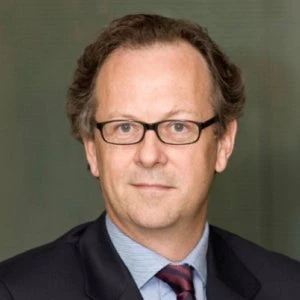
As things stand, every 30 seconds a person is killed in a road crash . To see how many road deaths there are in your country each year, click here. And that’s not all: for every death in a road crash, there are generally at least 20 times as many injuries.
In many countries, school children have to gamble their lives to get an education, crossing against speeding traffic to get to school. Approximately 500 children die every day in road crashes, with many of these deaths occurring when children try to cross the road on their way to and from school. Click here to see Luc Besson’s striking 3-minute film on this situation.
Over 90% of road fatalities and injuries occur in low and middle income countries . Rapid motorization in developing countries, when it takes place without effective road safety management and infrastructure, contributes to the epidemic of road deaths.
In addition to human suffering, road crashes cost low- and middle-income countries an estimated $65 to $100 billion a year . These are resources that no country can afford to lose, much less developing economies. The economic cost of road crashes far exceeds the aid these countries receive from all multilateral agencies combined , including the World Bank, the regional development banks, and the United Nations.
Recognizing the urgency of the situation, some countries have successfully implemented interventions and demonstrated that solutions exist. For example, in 2010, with the support of the Global Road Safety Facility (GRSF), Argentina launched a $38.5 million road safety initiative in cooperation with the World Bank. The initiative focused on strengthening institutional and management capacity on demonstration corridors with the objective of reducing road traffic crashes, injuries, and fatalities. With strong collaboration and political commitment, the program established new safety policies, promoted public awareness campaigns, and improved capacity in enforcement and responding to emergencies. Of key importance they also set up a road safety data system to incorporate best practices. Between 2010 and 2015, the initiative reduced the number of road fatalities by 35% on select demonstration corridors.
In order to meet the target they have set themselves in the SDGs and as part of the Decade of Action for Road Safety, governments will need to achieve rapid progress on a large scale. In future blogs, I will highlight some of the key areas where we can support this momentum. My colleagues and I in the World Bank look forward to working with our partners on this challenge—one of the most important issues in global development.
The World Bank will work with our many partners in global road safety leadership, including WHO, the UN Road Safety Collaboration, and key delivery partners such as SSATP (Sub-Saharan Africa Transport Policy program), the Multilateral Development Bank Working Group, iRAP (International Road Assessment Program), and GRSP, to improve road safety in low and middle income countries. Our work in road safety is supported by the donors to the World Bank hosted Global Road Safety Facility (GRSF): UK DFID, Bloomberg Philanthropies, and FIA Foundation. With the support of the donors, the work of GRSF creates valuable leveraging of additional funds into road safety from World Bank loans and other funding sources.


Join the Conversation